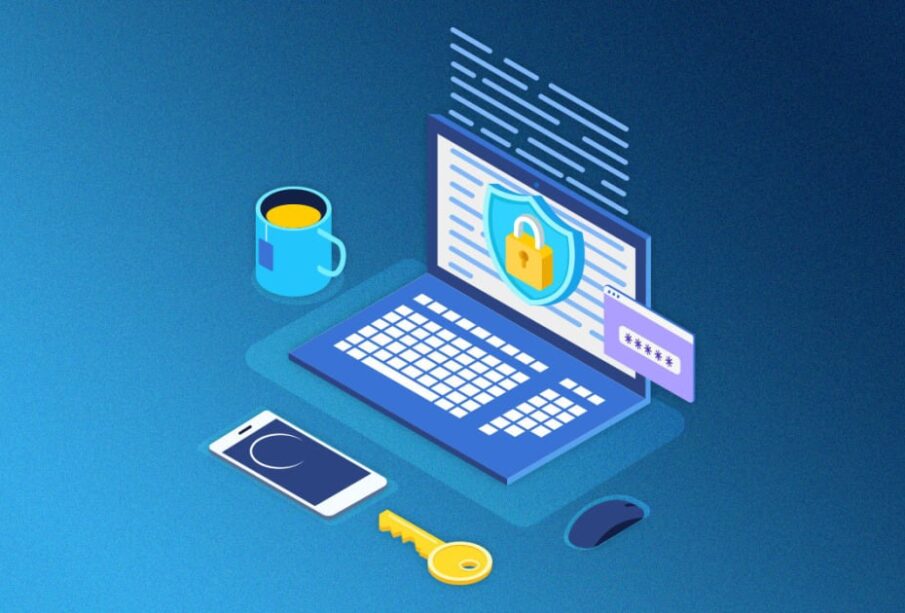Are there any loopholes in the deleted after reading feature? Addressing concerns

They are deleted after reading, or self-destructing messages, feature in many messaging apps and social media platforms. The idea is simple – once the recipient opens the message, it disappears after a set time. It gives a sense of privacy and control, as sensitive information does not linger in the app indefinitely. However, as with any technology, there are always concerns about potential loopholes that could compromise privacy.
Screenshot risk
The biggest concern is that the recipient takes a screenshot of the message before it disappears. This screenshot could then be saved, shared, or used against the sender later on. The ephemeral nature of the message is defeated. Some apps like Snap chat notify senders if a recipient takes a screenshot. However, there are workarounds like using another device or camera to capture the image. Mobile apps are also developing screenshot prevention technology, but there is no fool proof way to block screenshots currently. The only effective countermeasure is caution in sending any compromising messages in the first place. The content could be problematic if seen by unintended parties, deleted or not, it’s better not to send it.
Notification preview
Another risk is that message previews may appear in notifications before opening the app. If the preview contains sensitive details, the context could be revealed even if the message vanishes later. Apps address this by limiting preview content for disappearing messages in notifications. Platforms like WhatsApp don’t show any preview at all, just a generic notification of a new message. Telegram allows users to control whether previews are shown. Being able to customize and turn off previews improves privacy protections. However, flaws have been uncovered in the past, like in 2019 when WhatsApp message previews on iPhones could still display content. Developing tighter notification systems resistant to bugs is an ongoing process.
Data stored elsewhere
how to open privnote? There is also the concern that while messages may vanish in-app, data could be stored elsewhere, like in cloud backups. Recipients might also intentionally save copies before the message disappears. Apps like Signal prevent deleted messages from being included in backups. Telegram also excludes secret chats from the cloud. However, other platforms may store message data for longer periods if users enable backups.
Reading remotely
Another potential issue is that disappearing messages could be read remotely by others with access to the recipient’s devices. For example, if they left their phone unlocked, someone could quickly open the message before it is destroyed. Safeguards include passcodes, fingerprint, or face recognition unlocking, which makes accessing devices more difficult. Using these features ensures that only intended recipients view messages. However, not all users take advantage of lock screens. Caution is still required in sending anything that would truly be problematic if seen by others who may pick up an unlocked device.
Deleted, but not deleted
There is also a notion that vanished messages be fully deleted from company servers. Data could remain in archives and logs even if not visible. Most apps maintain some metadata about messages for performance and operations reasons. But credible encrypted messaging platforms like Signal emphasize messages are deleted in a secure way where no trace remains recoverable. Still, absolute deletion often requires vanishing message end-to-end encryption services for utmost comfort. With standard messaging apps, it pays to be mindful that remnants may persist internally.














